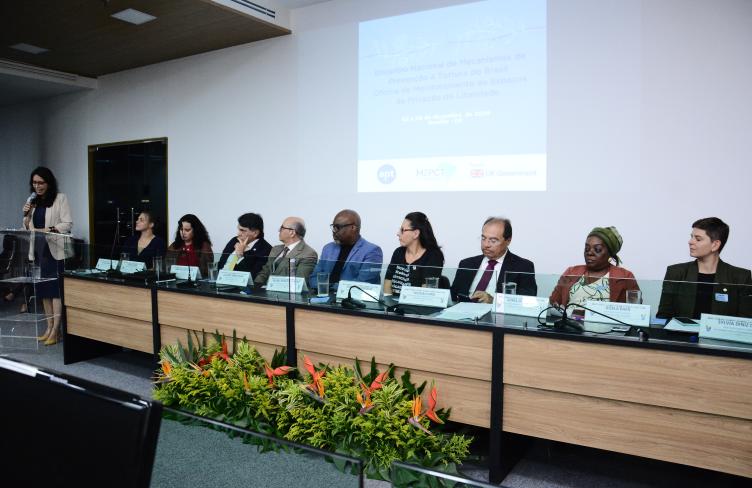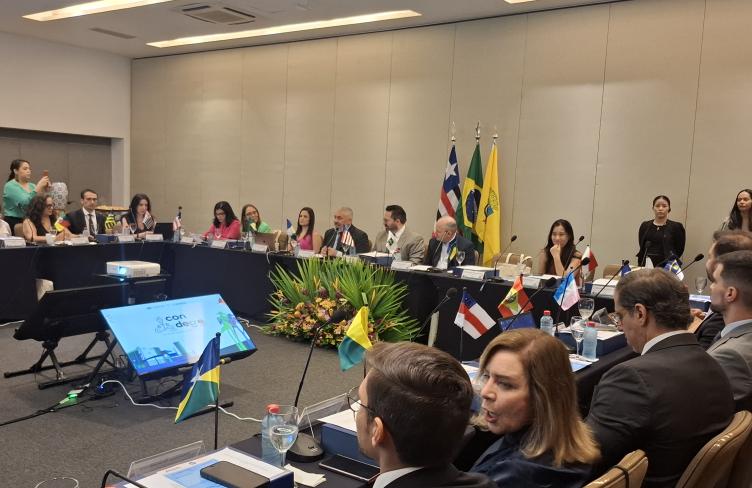
Does torture prevention actually work? We are very close to the point where we will have an answer to that question. After nearly three years of research, in 16 countries, the data is in and we are ready to crunch the numbers.
To explain a bit more: In 2012 APT commissioned me to carry out an independent study into whether torture prevention measures work.
It was a bold decision by the APT – to commission research that could have concluded that their approach to torture prevention, however well-intentioned, was in fact not effective in reducing torture and other ill-treatment (spoiler alert: according to our initial findings, the research will not conclude that).
I immediately brought in a highly experienced political science methodologist, Dr Lisa Handley, to help design the project. She has remained a key part of the research team over the past three years and will now be analysing the results. Emilie Aubert joined the team as research assistant and administrator in 2013.
Difficult to measure torture
We started with a wide-ranging literature review and the formulation of a research methodology. The first challenge was to find a way to measure torture, to be able to see if preventive measures had had an impact. We immediately encountered some problems – such as the fact that torture is conducted in secret and most often not documented. The existing sources of information proved difficult to rely on, with shifting definitions of torture and data that was not comparable across countries.
An unforeseen consequence of this is that we have had to develop our own scale for measuring torture, looking at a number of different elements such as frequency, spread and severity. We are comparing this, over time, to a series of potential preventive measures relating to detention procedures, prosecution of torturers, and complaints and monitoring mechanisms.
Refine torture prevention strategies
Our conclusions will point to which preventive mechanisms are the most effective at reducing the risk of torture – and possibly those that have no positive effect. This will help refine the torture prevention strategies of the APT and National Preventive Mechanisms and other monitoring bodies towards measures that actually work.
We have selected a total of 16 countries, digging back 30 years into their experience of torture prevention, for qualitative narrative studies. There will also be quantitative analysis of the relation between preventive measures and incidence of torture, taking into account other important background factors such as political systems, conflict and economic development.
Since 2013, when Lisa and I visited the first pilot countries (Turkey, Argentina, Norway and the United Kingdom), 12 research teams have conducted studies in Chile, Ethiopia, Georgia, Hungary, India, Indonesia, Israel, Kyrgyzstan, Peru, Philippines, South Africa, and Tunisia. Last November we all met in Geneva to present the findings country by country and discuss the cross-cutting issues that emerged. At the moment, the country chapters are being revised and the next step will be to conduct the quantitative analysis.
Initial findings
The final, complete outcome of the research will be published in a year or so. But, without jumping to conclusions, there are already several very interesting initial findings. Over the coming months we will be introducing the country research teams on this website and present some key results.
Dr Richard Carver is a law professor and human rights expert at Oxford Brookes University in the UK.


